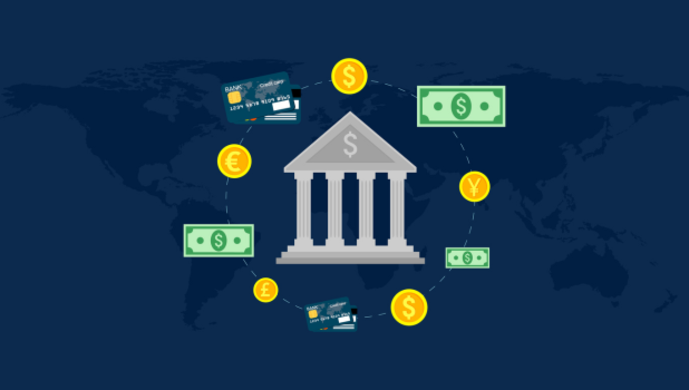In the United States, the consumer price index rose by 0.9% in June after rising by 0.6% in April, and the annual change stands at over 5%. In the euro zone, this increase is much less pronounced, at least for now. In France, for example, consumer prices increased by 1.5% in June compared to previous year, while these prices rose only by 0.2% in June of last year. How to explain this return of inflation, and should we be worried about this increase?
How to explain this return of inflation?
There are technical reasons, to begin with: these price increases are somehow the counterpart of last year's price cuts. There are also economic aspects. On the one hand, the pandemic has led many households to postpone their consumption. Now that the social distancing measures are lifted, these households can consume again, leading to an increase in demand. On the other hand, the supply of goods and services is still suffering from the effects of the pandemic. In short, not all supply chains and production have been reestablished. More demand, less supply, prices go up. However, since these demand and supply factors are considered transitory, the resulting inflation should not persist, theoretically. In a way, it is even a sign that the economy is getting back on track.
More demand, less supply, prices go up. This is inflation.
Should we be worried about this increase?
However, there is a risk that inflation will remain persistently high, and this can be a problem for the recovery. Faced with such a risk, central banks will effectively have no other choice but to withdraw their support to the economy sooner than expected, hence threatening the recovery, at least partially.
Central banks like the Federal Reserve (Fed) or the European Central Bank (ECB) have indeed a price stability objective. In the case of the Fed, inflation must average around 2%. In the case of the ECB, inflation must be close to but below 2%. A persistent price slippage would no longer be in line with the mandate of these central banks.
Why such a risk of persistent inflation?
Paradoxically, the risk of a more persistent return of inflation is in fact partly linked to central bank’s own reluctance to break the recovery: if a central bank systematically prefers not to slow down economic activity in order to fight inflation, then financial markets and, if the phenomenon worsens and persists, businesses and households will believe that inflation is likely to return.
Other things can make a central bank reluctant to raise rates as well. Today it can be the cost of government or corporate debt.1 Too high, an increase in rates could make the debt of certain States unsustainable or make certain companies insolvent, especially among the smallest ones.
Can we observe such a risk of persistent inflation?
No matter its source, any lack of credibility would ultimately show up in long-term inflation expectations. In the months and years to come, this will be the key variable to check: if these expectations start to deviate from central banks’ objectives, these central banks would have no other options than to intervene by possibly slowing down the recovery.
If the level of inflation expectations starts to deviate from central banks’ objectives, those ones would have no other options than to intervene by possibly slowing down the recovery.
In French: Eric Mengus explains the inflation on L’Académie.








